It’s pretty much winter and it’s time to talk about some unfashionable fish. Yes, the moment has arrived… It’s time to play spot the difference between two species that are uncannily similar – the pouting and the poor cod.
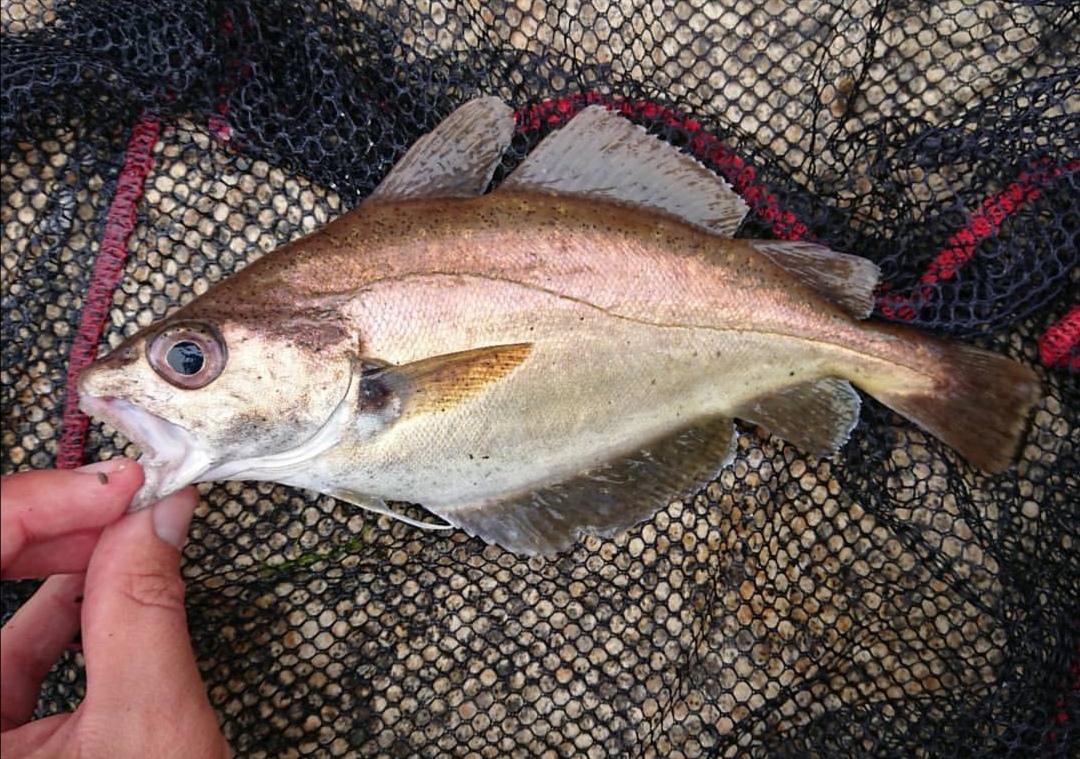
First a little background on these closely related species. Both of these fish are relatives of the much more highly regarded cod. They both eat a variety of food items, including scavenging dead fish and crustaceans while also being keen hunters. You are much more likely to catch either of these species at night or in deeper/darker water out of direct sunlight. Anglers who fish for their supper would be disappointed at catching either, although both are likely to be chucked back out as bait! In winter they can be much more active than other species, making them a likely catch to Lerfers during the colder months. It can be really confusing at times to tell the difference, so lets see how many differences we can find…

Size
Pouting grow far larger than poor cod, in fact up to over 5lb! The poor cod, living up to it’s name is a true mini-species only getting up to a record size of 368grams (13 ounces). This is a clear indicater of species if the fish is over a pound it is definitely a pout, under that and things can get more confusing. The Pout is a much deeper fish, almost becoming a soft diamond shape once large with a high back and low belly. Pouting also tend to prefer living in bigger shoals, moving around the coast, whereas poor cod will often stay more localised in loose groups.
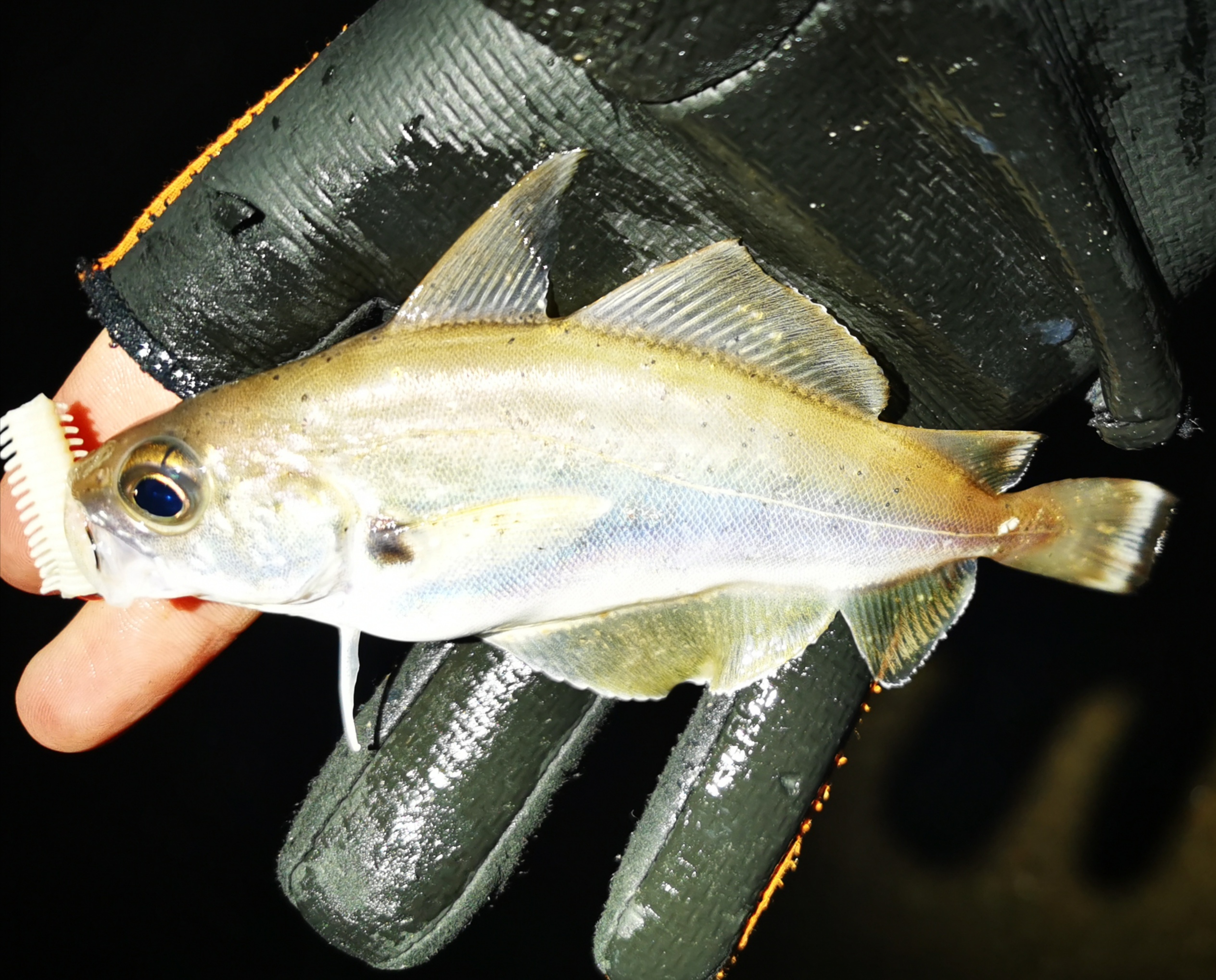
Colours and markings
Mature poor cod can be a rich golden colour but are often pale and yellow when small. Pout can be quite distinctive, often having defined silvery stripes on their sides and a brown or gold colouration. Pouting also have a dark spot at the base of their pectoral fins. Both have large eyes and a single barbule under the chin. Poor cod are very fragile though, losing scales extremely easily so handle with care if you can; pouting are a little tougher and the scales tend to dislodge less.
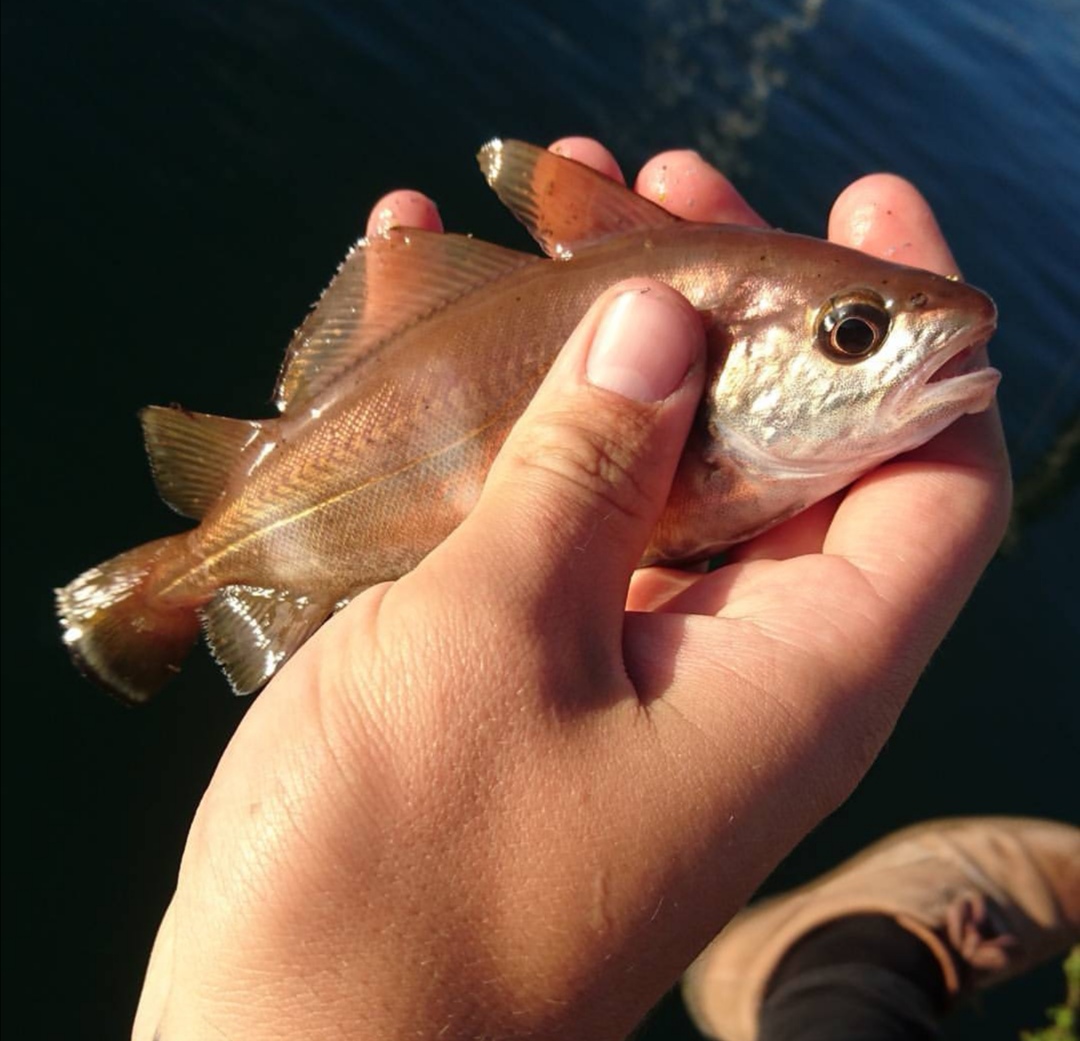
The fins
For the absolute, definitive ID between the poor cod and pouting, when all else fails it’s about the fins. The first anal fin (the ones on the underside of the fish nearest the tail) is positioned further towards the head on the pout, overlapping with the dorsal fin (the first one after the head on the top of the fish). The poor cod’s first anal fin doesn’t line up with the dorsal and is set a little further back. If you are not sure then take some clear photos to review and compare.

Lures – Both of these species are surprisingly active, aggressive predators, if a worm or fry imitation lure is presented in front of them they usually attack. I have had pouting on small metals and poor cod on unscented fish fry lures, it doesn’t always have to be Gulp or Isome. If I was targeting them in a competition though, I would of course start with scented lures to boost my chances, both species have an excellent sense of smell.
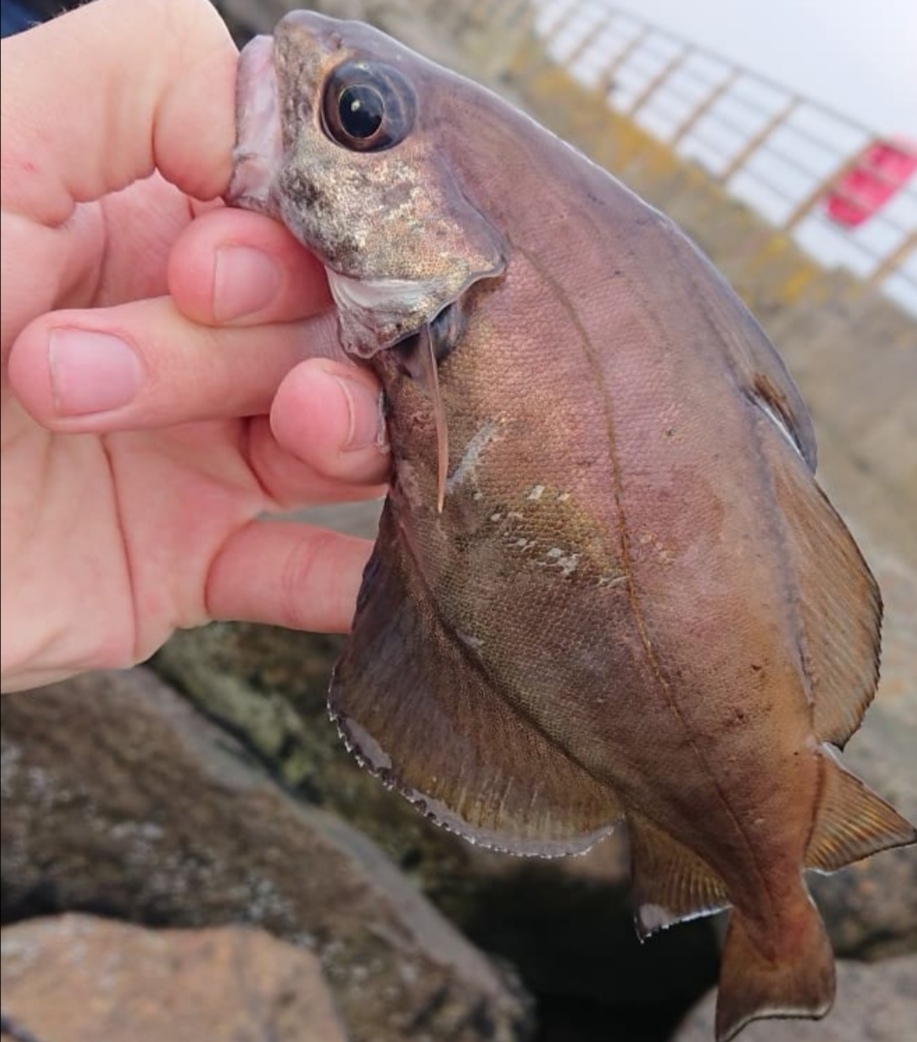
The fight
Pouting in particular are a staple catch by bait anglers using heavy tackle, this gives them a pretty poor name as a sporting fish. I have found that, when caught on LRF tackle, the fight can be superb. As they approach a pound in weight they really pull! So much so that I have mistakenly thought I had hooked a small wrasse. The same goes for the poor cod, they have less weight to throw around but in amongst the boulders around Mount Batten Pier, they always give an entertaining tussle. They aren’t exactly mackerel or bass but they are no sluggish scavengers either.

Hopefully this has helped ease the confusion a little, while also giving a little credit back to these understated fish. They may not be many angler’s favourite species but on a brutally cold January night, when nothing else is biting, a hungry pouting or poor cod can brighten things up.
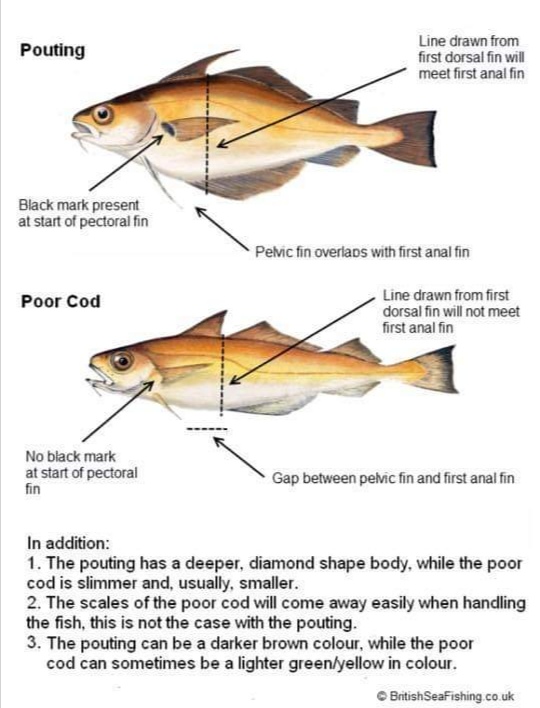
British Sea Fishing have a fantastic website full of great articles and species guides, I borrowed their handy guide image (above). Please check out there website here.
As ever thank you for taking the time to read my blog, here are some links to more fish and lure filled goodness.
My page on Facebook
My page on Instagram
Richard Salter aka Devon Lerfer – on YouTube and on Facebook.
Dom & Andy’s unmissable new lure fishing book
Adam Kirby’s brilliant lure fishing blog
The LRF/Light Game Fishing Group on Facebook
Neil Sutherland at Aquazid Studio – LRF based T shirt designs and more
Simon Kingdom at Osborne & Cragg – Plymouth based tackle shop with a great selection of lures and everything else
The Art Of Fishing website
1 Comments Add yours